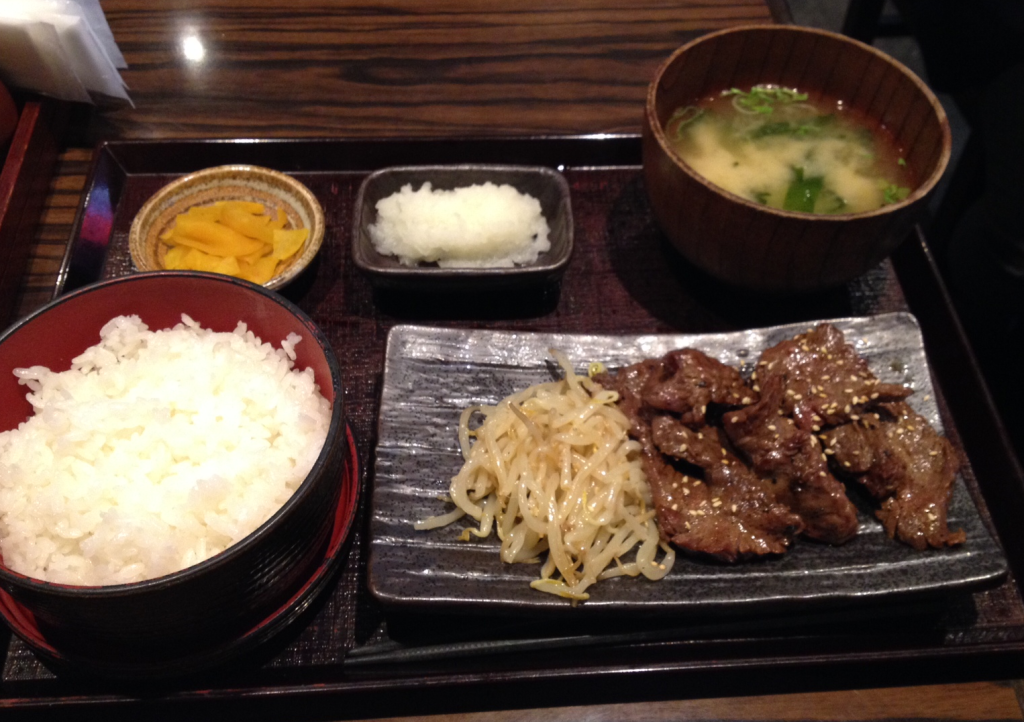The Japanese kitchen is very seasonal and in its traditional set up only uses fruits, vegetables and fish that are available at each specific time of the year. As such it doesn’t come on a surprise that even pickling, as a method of food preservation, follows the seasonality. Similar to Europe, summer time and in Japan also the previous rainy season are the busy times for pickling. But there are still things to be done in the pickle pot when temperatures drop at the end of the year.
One of the things to be pickled in wintertime is takuan. In a nutshell takuan is sun-dried daikon that has been pickled several months in nuka. Whereas nuka is rice bran that is the byproduct of milling rice for saké and white table rice. Once again here is an example that nothing goes to waste in the traditional Japanese Cuisine (see also my post on yukari).

I really enjoy eating takuan with its crispiness that locks out any outside sounds for the split second of your biting pleasure. So does my oldest daughter. Unfortunately almost all of the takuan that you can buy in Japan – whether it be from an ordinary supermarket, an upscale depachika like Takashimaya or Mitsukoshi or a pickling specialty shop contains MSG. Therefore I decided that I will give it a(nother) shot and try to make takuan myself.
This is actually my second attempt in making takuan. Sadly my takuan challenge 2014/15 ended abrupt. I kept the pickle pot with the takuan outside on the terrace in front of my kitchen. Same as my girls’ sandpit, so that they are (theoretically) in my range of vision. And if I tell you now that nuka fully layered with pickling brine looks very similar to wet sand you might already guess what had happened. Shortly before the takuan was enjoyable my girls decided to help me and added some ‘nuka’ from the sandpit to the pickle pot, which resulted in a completely molded inedible mass.
This time I started the pickling shortly before Christmas last year and my pickle pot is locked away ever since. Pickling takuan is tricky. Many things can go wrong. Follow me as I will soon write more about the beginning stages and the development of this wonderful tsukémono-dish (umbrella term for pickled things).